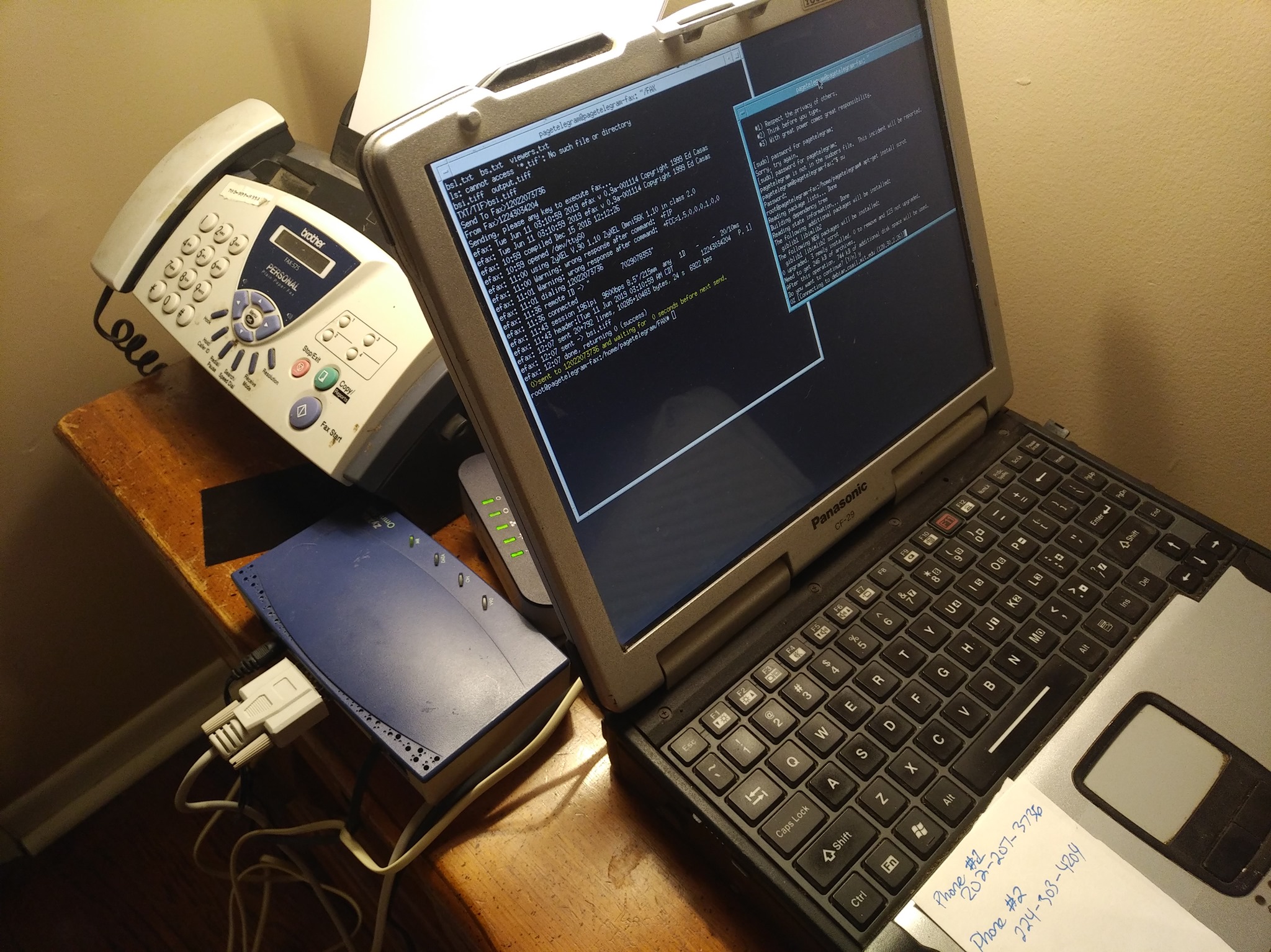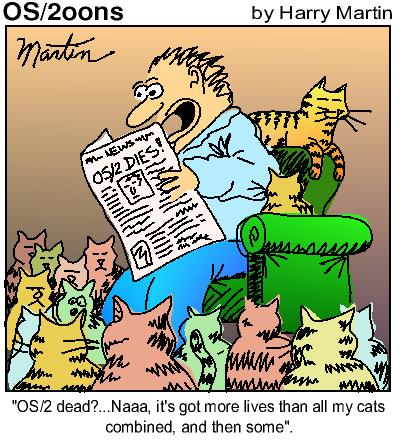4 min read
0
Think Sideways in the Future of Fax Not Replaced by Secure eMail
The Next Phase After Fax: A Return to Meaningful Simplicity The fax machine, once a marvel of modern communication, now feels like a relic—a dusty artifact of a time when sending a message across distances was a tangible, deliberate act. In today’s hyper-digital world, we’ve long since abandoned the whirring hum of fax for instant emails, cloud-shared files, and video calls that stream at blinding speeds. But where does this relentless march of “progress” leave us? What comes after fax—and more importantly, why should it matter? The answer might not be what you expect. It’s not about more bandwidth, higher resolutions, or AI-driven interfaces. The next phase could very well be a step sideways, toward something like Meshtastic—a decentralized, point-to-point messaging system that echoes fax’s simplicity while shedding…










